These things still puzzle me even after 36 years of living in Japan
Even though I’ve lived in Japan for over half my life, there are certain idiosyncrasies of the culture that still leave me speechless.
Weird Japanese Quirk #6 — Drinking behavior

Someone can be embarrassingly out of control drunk and even vomiting in the evening, and the next morning all is forgiven. “He was drunk” absolves such behavior.
Years ago when I became pregnant with my seventh child, I took that opportunity to quit a job teaching at a private high school. The teachers in the English department had a farewell party for me where the usually staid, conservative, dark-suit-clad men got inordinately drunk.
A bus had been hired to take us all home — driving after having just one sip of alcohol is considered a serious offense in Japan — and along the way, different teachers asked the driver to pull over so they could get out and be sick.
Just another day at the office. No one was the least bit fazed.
Weird Japanese Quirk #5 — Clothing dictated by the calendar
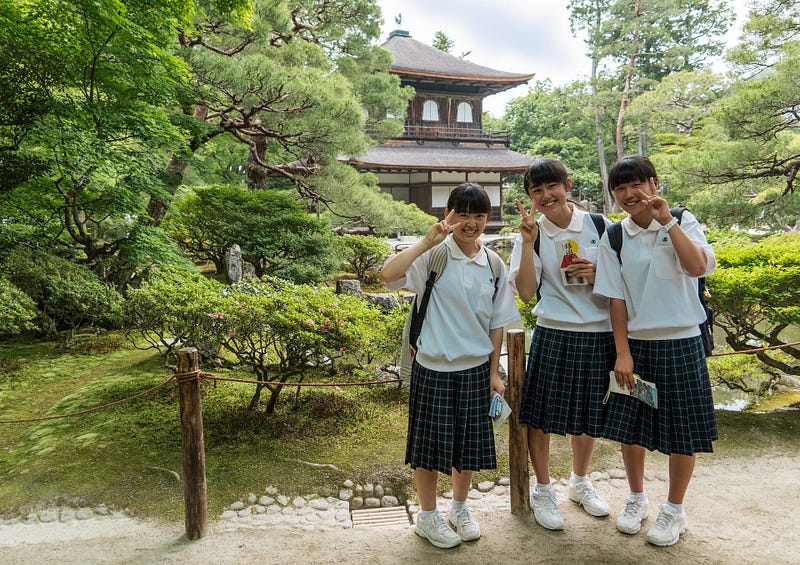
What clothes one wears is traditionally dictated by the calendar, not the weather, and by interesting cultural norms regarding modesty. Let me give you some examples from where I live in southern Kyushu.
- Short-sleeved shirts can only be worn between June 1 and September 1. You should see the looks I get when I wear short sleeves out of season. “Aren’t you cold?” asked concerned onlookers.
- Students are not allowed to wear their summer uniforms before June 1, or winter uniforms before December 1. Some schools are stricter than others, and in these modern times, some even have hybrid uniforms students can wear between certain dates.
- Some schools — not all — allow girls to wear stockings to cover their bare legs in the winter months. But never after March 31.
- Young women can show as much leg as they want, but they must keep their shoulders and chest covered up.
- Once a woman reaches age 35, she must not be seen wearing shorts. This is another convention I ignore.
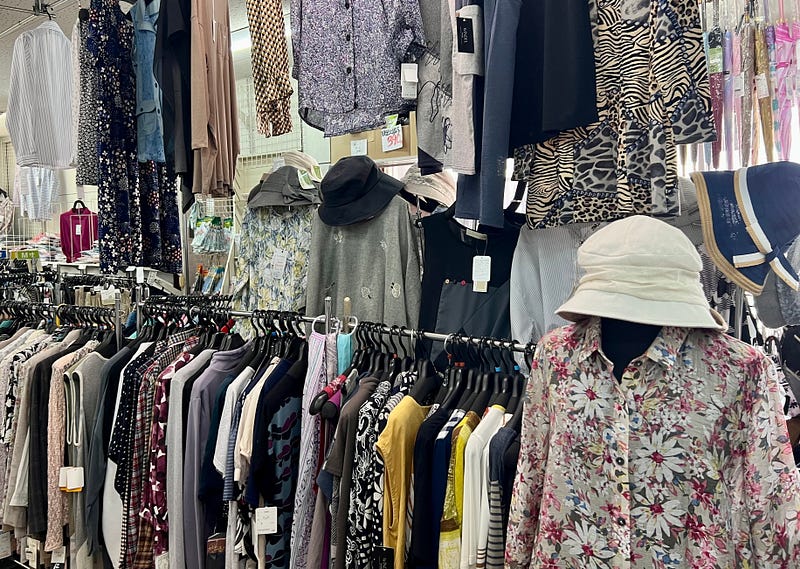
- Middle-aged and elderly women seem to have some sort of unwritten dress code that includes only dull colors. There are stores dedicated to providing this wardrobe.
Oh, and beaches in my subtropical city are only “open” from July 9 to August 31.
Weird Japanese Quirk #4 — Speaker cars used for political campaigning
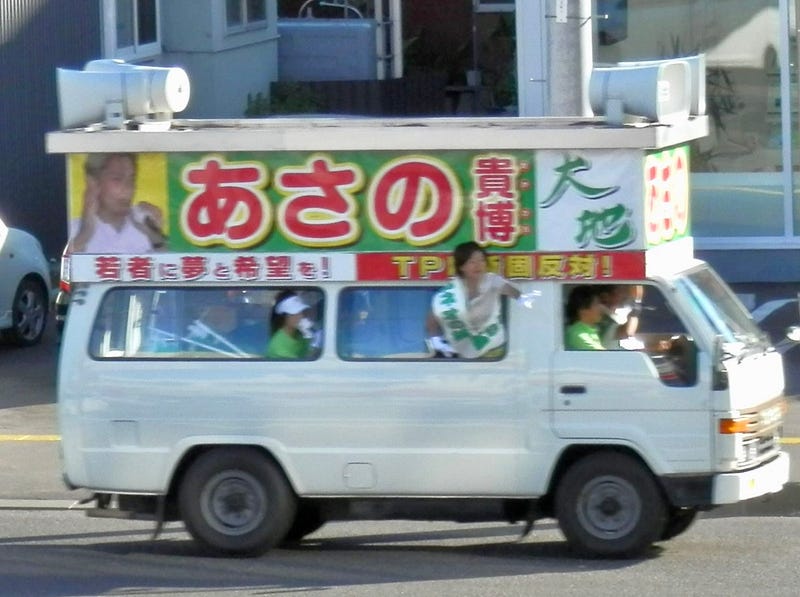
When election season comes around, each candidate uses a squad of cars equipped with loudspeakers and filled with uniform-clad, white-gloved volunteers. These vehicles roam the streets, blasting recordings of musical slogans and campaign promises. The volunteers wave and call to passers-by from the windows.
My youngest child always ran to the back of the house and hid in terror when any came near. The volume can be deafening.
If I had the right to vote in this county — which is only granted to citizens, not permanent residents like myself — I’m afraid I would make it a point NOT to vote for anyone who disturbs the peace in such an obnoxious manner.
I can’t help but wonder about the efficacy of such political campaigning. Some of the slogans are also quite hilarious, but that’s a topic for a different article.
Weird Japanese Quirk #3 — Mask-wearing
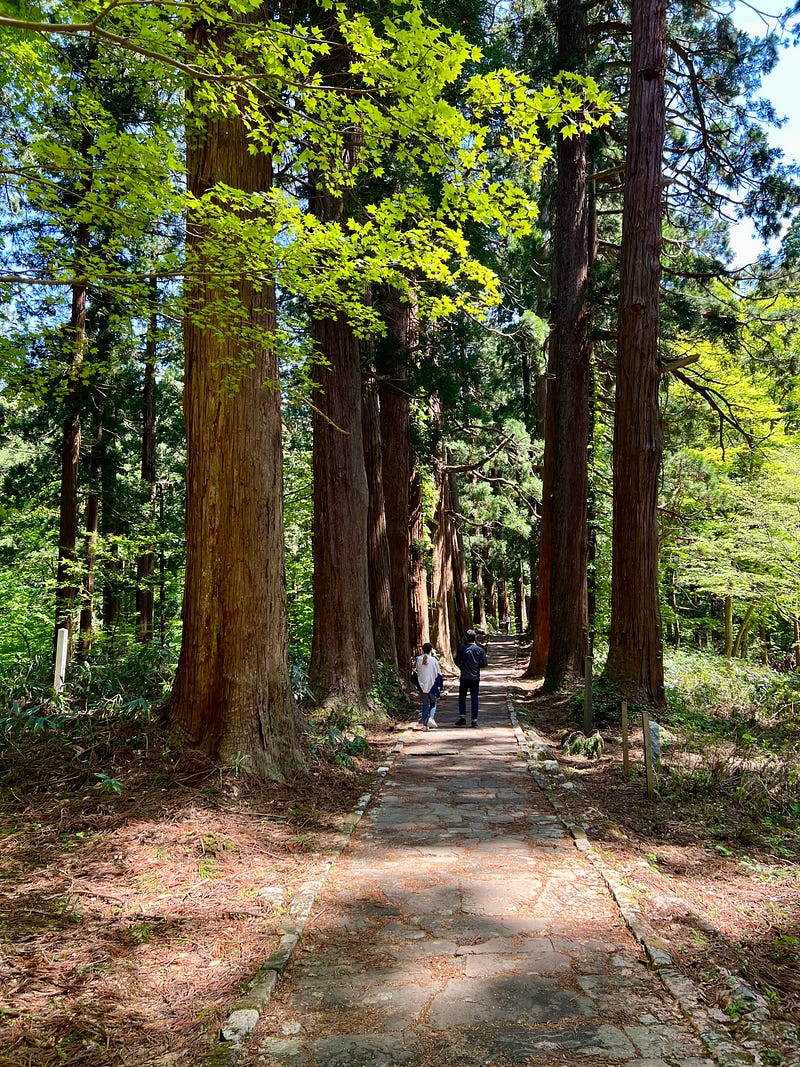
There was a culture of mask-wearing in Japan long before the pandemic. For years, people have been wearing masks to protect against catching the flu, to not spread their cold or fever, and to prevent breathing in pollen. Women sometimes wear a mask when they didn’t have time to apply makeup in the morning.
These days, though, I’m afraid this practice has been taken to the extreme, with people wearing masks working in their gardens, driving alone, and even walking in the countryside.
I find it especially puzzling when people wear masks hiking in the mountains where they could be partaking of the health-giving fragrance of the forest.
Weird Japanese Quirk #2 — Changing room etiquette
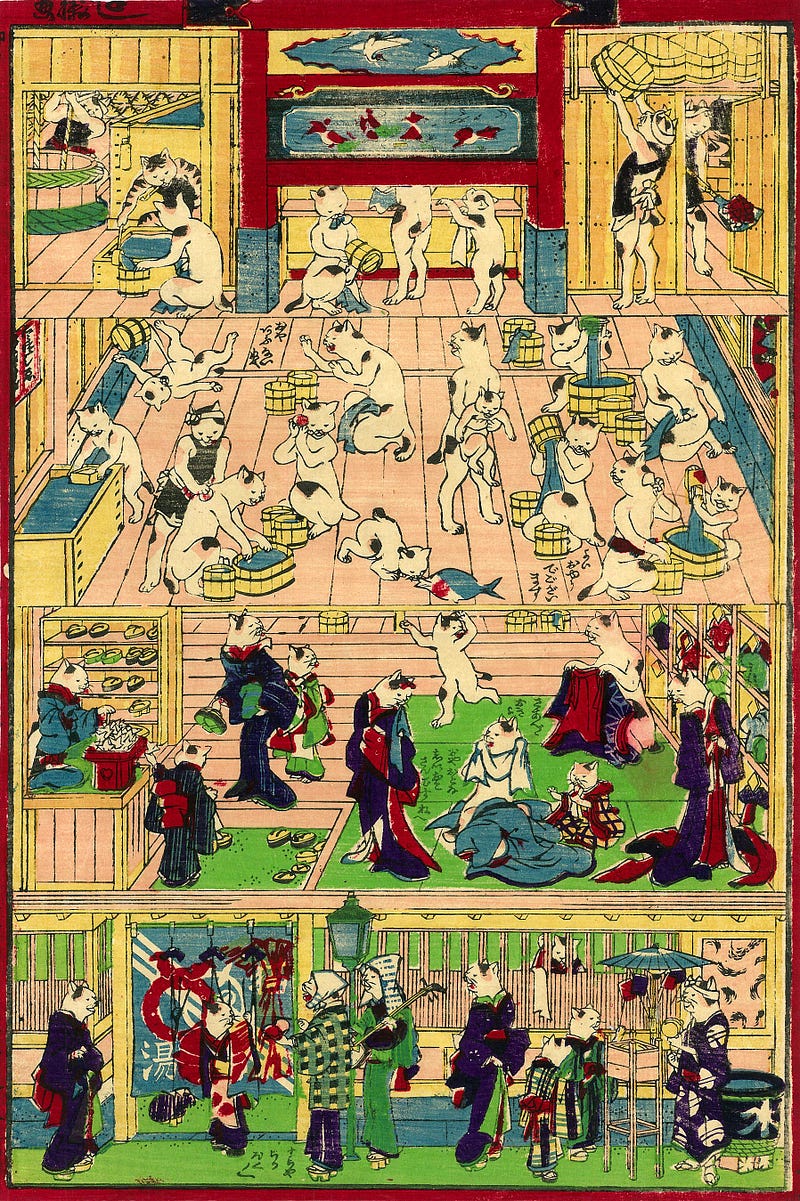
I’ve visited onsen hot springs, sento public baths, and most frequently, my local swimming club, and the contrast in what is acceptable puzzles my Western brain.
It’s fine to walk around stark naked in the women’s changing room at hot springs or public baths, but it is absolutely not acceptable at the swimming club. Women take great pains to never show any skin, covering up with hand-sewn, tent-like garments while they change.
I can only conclude that, like the Japanese language, context is everything.
Weird Japanese Quirk #1 — Anime hologram singers
People attend concerts to watch a hologram of an anime character sing in a synthesized, artificially produced voice.
This is not a new phenomenon.
The singer in the video, Hatsune Miku, traces her roots as far back as 2007 when she was created by Crypton Future Media using Yamaha’s Vocaloid 2 singing-synthesis technology. This is open-source software, so anyone with a computer and internet can easily and freely collaborate on creating Vocaloid songs. And many people do.
Through the years, Hatsune Miku and other synthetic singers have evolved and grown from a subculture trend to become major players in mainstream Japanese pop music.
In 2020, an artist using Vocaloid singing-synthesis software, Yonezu Kenshi, secured the #1 spot on Billboard Japan with his album, Stray Sheep.
I’d love to hear quirky cultural customs that you have experienced. Please feel free to share them in the comments.
If you have questions about Japan or suggestions for articles, please add them in the comments. For more photos and information on Japan, follow me on instagram at: https://www.instagram.com/more_than_tokyo/




